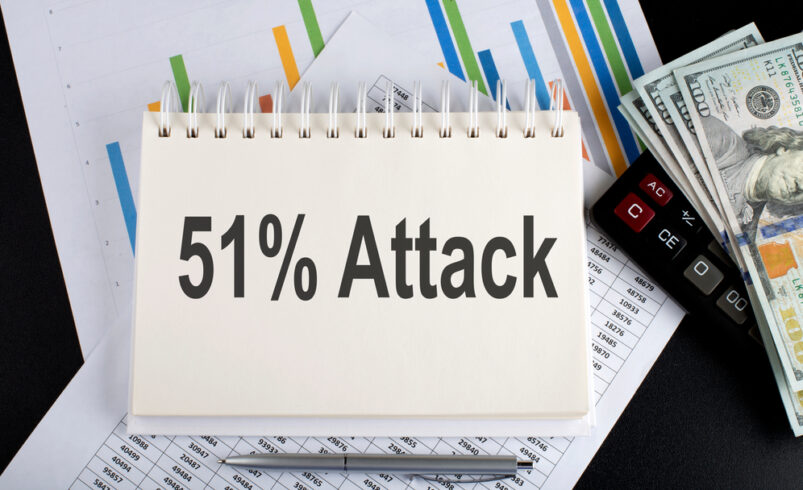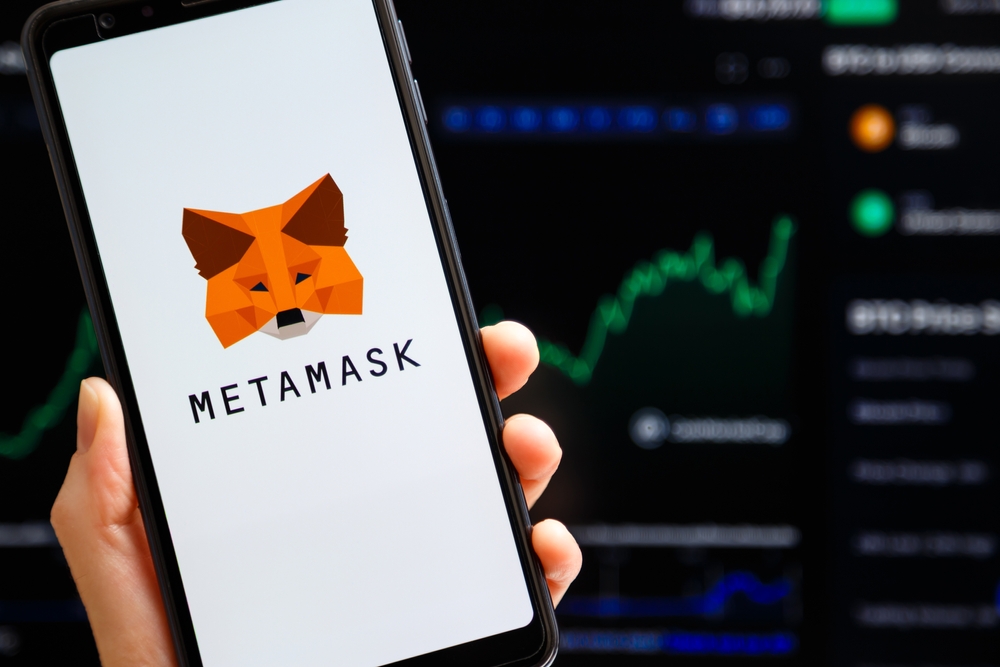All You Need to Know About a 51% Attack

While blockchain technology promises transparency, security, and immutability, several networks have come under 51% attacks in the past. These attacks are executed by malicious entities, which seek to control over 50% of a particular network’s hashing power. When they do, these entities can manipulate the blockchain and approve illegal transactions.
This article explains in detail what 51% attacks are and how to detect them. Keep reading to learn more.
51% Attack Explained
Before explaining 51% attacks, it’s vital to understand how networks record and confirm transactions and the available controls on these blockchains that prevent manipulation. Firstly, onchain transactions are recorded and validated by a network of nodes (miners/validators). Different blockchains adopt different consensus mechanisms to validate transactions. Two of the popular consensus mechanisms are proof-of-work and proof-of-stake.
Nodes that add and confirm transactions on proof-of-work blockchains must solve difficult mathematical puzzles. This process consumes a significant amount of energy and usually requires the use of specialized mining equipment. On the other hand, nodes on proof-of-stake blockchains are required to stake a specific amount of the network’s native token to start adding and validating transactions. A 51% attack on a proof-of-stake network happens when malicious actors control over 50% of the total staked tokens.
Try GPT Definity AI today, the #1 crypto trading robot! Click here to learn more. Artificial intelligence trading robots are taking over the trading eco-system, you can join this revolution and profit from daily revenues! Get ahead of the trading game with Artificial Intelligence crypto trading software today!
If bad actors control more than 50% of a network’s computational power, they can conspire together to approve unfavorable proposals, confirm illegal transactions, and even block other nodes from carrying out their functions.
It is worth mentioning that 51% attacks happen mostly on smaller blockchains since they use less computational power than larger networks. When such attacks happen, many crypto investors lose interest in the native tokens of the affected blockchains, causing their prices to plummet.
Can a 51% Attack Occur on Bitcoin?
Given the amount of hashing power required to execute a 51% attack on Bitcoin, it is safe to say that the chances of this blockchain being targeted by malicious actors are relatively low. In context, Bitcoin’s current hashing power is 304 exahashes/s. Therefore, bad actors will need to purchase at least 1.2 million powerful ASIC miners to execute a 51% attack.
Note that a powerful ASIC miner costs roughly $3,800. So, to carry out a 51% attack, the malicious actors might spend at least $10 billion. And considering the costs of running these miners, a 51% attack on Bitcoin is not worth it.
However, a smaller network like Bitcoin SV, which has a total hash rate of roughly 580PH/s, is vulnerable to 51% attacks.
Like Bitcoin, Ethereum is also considered a difficult target for bad actors who wish to launch a 51% attack. That’s because they will have to spend billions of dollars to buy and stake ETH. Moreover, Ethereum employs mechanisms to detect any threats. So, if a 51% attack fails, the malicious entities’ staked tokens will be confiscated, leading to massive financial losses for the attackers.
How Do Blockchains Detect and Prevent 51% Attacks?
The most important thing that each blockchain should constantly check is that no party or group of miners controls over 50% of the total computational power or staked tokens.
In 2018 and 2020, the Bitcoin Gold blockchain failed to monitor the hash rate controlled by each miner, leading to a 51% attack that saw the approval of illegal transactions worth more than $100,000. It was reported that the attackers used regular graphic processing units (GPUs) to conduct the attack.
This points out the necessity of relying on specialized mining equipment like ASIC miners rather than cheap GPUs to validate transactions. Bitcoin Gold employs the Zhash algorithm, which allows miners to use graphics cards in their operations. That means malicious entities can afford to purchase these cards and execute a 51% attack without heavy investment.
Furthermore, the introduction of platforms like NiceHash, which allows crypto users to rent computational power, reduces the costs of executing 51% attacks. So, there is a need for protocols that monitor blockchain activities in real-time to detect possible 51% attacks and inform relevant parties. Digital Currency Initiative is among the platforms that monitor blockchains and report suspicious onchain activities.
Disclaimer: Mining Plus Crypto specializes in amplifying content for dozens of cryptocurrency and blockchain firms, and your company could be next on the list! For inquiries, please reach out to us through or Telegram Chat. Given the unpredictable nature of cryptocurrencies, we advise you to thoroughly research before investing. A portion of the content available on our website, including broker reviews, is paid content or content contributed by guest writers and does not necessarily represent the opinions of Mining Plus Crypto. We claim no liability for the accuracy, quality, and content of advertisements, products, or any other materials, including ad spaces displayed on our site. For a comprehensive understanding, please review our full terms and conditions, and disclaimer.






